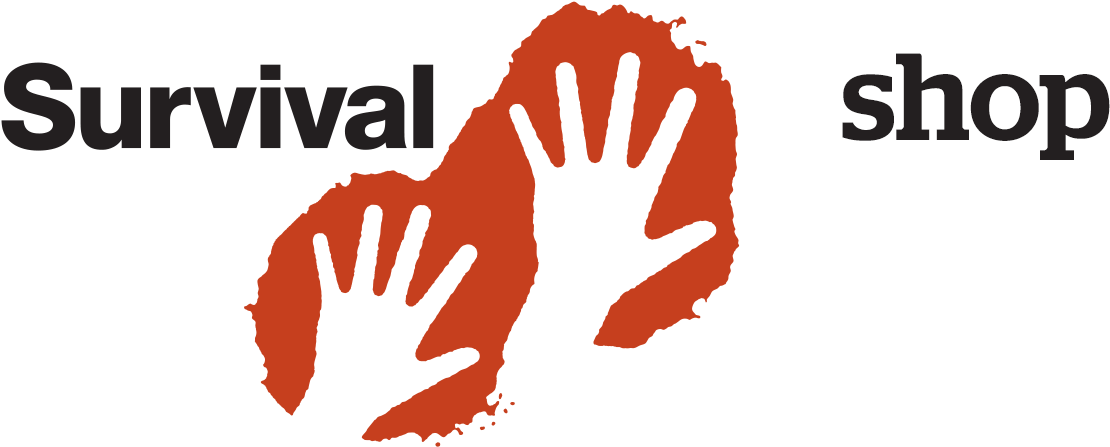How to effectively organize and store your survival goods?
- How to Effectively Organize and Store Your Survival Goods
- Introduction
- Table of Contents
- 1. Assess Your Needs
- 2. Create an Inventory
- 3. Categorize and Label
- 4. Consider Storage Conditions
- 5. Utilize Storage Containers
- 6. Rotate and Check Expiration Dates
- 7. Keep a Maintenance Schedule
- 8. Conclusion
- FAQs (Frequently Asked Questions)
How to Effectively Organize and Store Your Survival Goods
Introduction
Organizing and storing your survival goods properly is crucial for ensuring their accessibility, longevity, and effectiveness. When emergencies strike, having a well-organized inventory of essential supplies can make a significant difference in your preparedness and response. In this article, we will explore effective strategies to organize and store your survival goods, maximizing their usability and maintaining their quality over time.
Table of Contents
- Introduction
- Assess Your Needs
- Create an Inventory
- Categorize and Label
- Consider Storage Conditions
- Utilize Storage Containers
- Rotate and Check Expiration Dates
- Keep a Maintenance Schedule
- Conclusion
- FAQs (Frequently Asked Questions)
1. Assess Your Needs
Start by assessing your specific survival needs and the quantity of supplies required. Consider factors such as the size of your household, potential risks in your area, and the duration you aim to prepare for. This assessment will help you determine the types and quantities of survival goods you need to organize and store.
2. Create an Inventory
Develop a comprehensive inventory of your survival goods. List each item, its quantity, and any specific instructions or considerations. A detailed inventory will not only help you keep track of your supplies but also assist in identifying any gaps or items that require replenishment.
3. Categorize and Label
Categorize your survival goods into logical groups based on their function or use. Common categories may include food, water, medical supplies, tools, and communication equipment. Within each category, label individual items clearly using waterproof and durable labels. This makes it easier to locate specific items quickly when needed.
4. Consider Storage Conditions
Identify suitable storage conditions for different types of survival goods. Factors such as temperature, humidity, and light exposure can affect the shelf life and usability of certain items. Store perishable food in cool, dry places, while sensitive electronic devices may require protection from extreme temperatures or moisture.
5. Utilize Storage Containers
Invest in high-quality storage containers that are durable, waterproof, and stackable. Opt for containers that provide adequate protection against pests and vermin. Clear plastic bins are often preferred as they allow easy visibility and quick identification of the contents.
6. Rotate and Check Expiration Dates
Regularly rotate your survival goods, especially perishable items like food and medications. Use the "first in, first out" principle, consuming or replacing items with approaching expiration dates. This practice ensures that your supplies remain fresh and usable when emergencies occur.
7. Keep a Maintenance Schedule
Establish a maintenance schedule to inspect and maintain your survival goods. Regularly check for any signs of damage, leakage, or deterioration. Replace batteries in flashlights and radios, test electronic devices, and replenish consumable items as needed. This proactive approach ensures that your supplies are always in optimal condition.
8. Conclusion
Effectively organizing and storing your survival goods is essential for maintaining their quality and accessibility over time. By assessing your needs, creating an inventory, categorizing and labeling, considering storage conditions, utilizing suitable containers, rotating items, and implementing a maintenance schedule, you can ensure that your supplies are readily available and reliable when emergencies strike.
FAQs (Frequently Asked Questions)
1. Where should I store my survival goods? Choose a secure location that is easily accessible, protected from potential hazards, and within a suitable temperature range. Basements, closets, or dedicated storage rooms are common choices.
2. How often should I update my inventory? Regularly update your inventory at least once every six months. This allows you to track changes, replenish supplies, and address any evolving needs.
3. Can I store survival goods in a garage or shed? While garages or sheds can be used for storage, ensure that they provide adequate protection against temperature extremes, humidity, pests, and other environmental factors that may compromise the quality of your supplies.
4. What is the best way to label storage containers? Use waterproof labels or markers to label containers clearly. Include information such as the item's name, quantity, and expiration date if applicable.
5. Should I keep a backup inventory in a separate location? Maintaining a backup inventory in a separate location can provide an additional layer of security. Consider keeping a smaller cache of essential supplies in a secondary storage area or a portable emergency kit.




